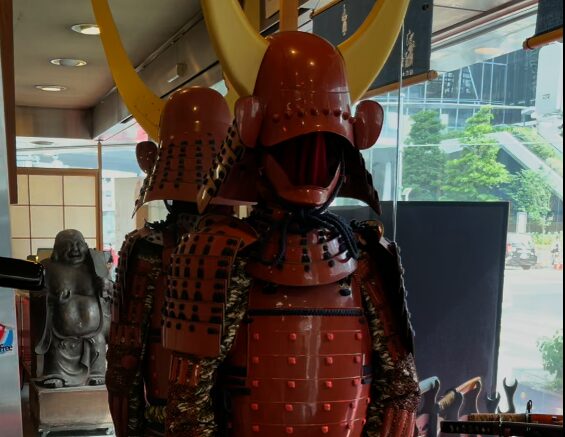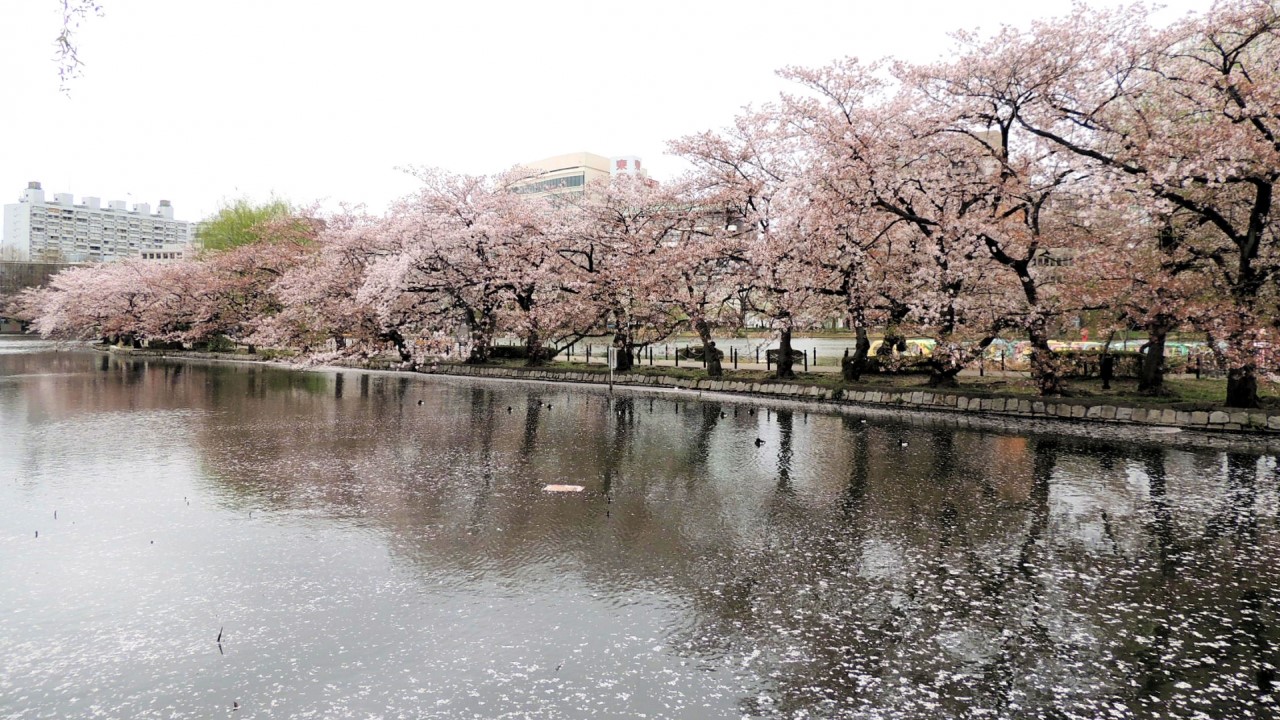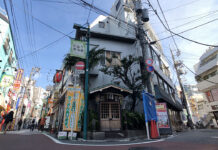Message from Ogasawara, Tokyo.
How have you been?
Tokyo’s state of emergency was lifted at the end of May, but on the Ogasawara Islands where I live, the coronavirus still affects our way of life. Due to the unique circumstances of the islands, people wishing to come sightseeing are being asked to refrain from visiting until the end of June. The Ogasawara Islands are remote islands with very limited medical facilities. Also, an ocean liner is the only transport to and from Japan’s main island. It was firmly decided to not allow anyone infected with the virus to come to the islands. Usually, Ogasawara is bustling with tourists this time of year because it’s the best season to enjoy the beaches and the sea, but now, the islands are quiet. Everyone is cautiously watching to see how things will go. The village of Ogasawara has a population of about 2,500. So far, no one has become sick. If one did, though, I suspect an outbreak would spread like wildfire through our small island community.
There’s been nothing but troubling news these days, but I hope thoughts like “Where should I go once things get back to normal?” can give people something nice to look forward to. One great place to visit would be Ogasawara’s very own Chichijima Island, my home.
Take a scenic cruise from Tokyo to Ogawara Islands
The Ogasawara archipelago is about 1,000km south of Tokyo’s Takeshiba Pier and can only be reached by a 24-hour ride on an ocean liner. Called the “Galapagos of the Orient,” the Ogasawara Islands are made up of around 30 ocean islands that have never been connected to the main island of Japan. On the islands, you can observe endemic species of wildlife, such as plants, insects, and birds. The Ogasawara archipelago also became Japan’s fourth World Natural Heritage site.
Imagine you board the ocean liner Ogasawara Maru bound for the Ogasawara Islands. It pulls away from the surrounding buildings at Takeshiba Pier and soon passes under Rainbow Bridge, heading south through Tokyo Bay. As the liner drifts farther from Tokyo, the color of the sea gradually changes. The next morning, you wake to see a group of uninhabited islands floating in waters a color so beautiful you never even knew it existed.
The Ogasawara Maru, which only sets sail from the shores of Tokyo once every six days, slowly cruises into the gateway of the Ogasawara Islands: Chichijima Island. When you step off the boat, you’re welcomed by the island’s signature warm southern climate and the islanders. You make your way to your lodgings and unpack. Before leaving, you slip into sandals and throw on a hat and sunglasses. Now, it’s time to explore the island.
First stop: The sea.

Wild dolphins inhabit the waters near the Ogasawara Islands year-round. If you are lucky, you’ll have a chance to swim with them in the deep blue waters of the “Bonin Blue.” The water can get a little cold, and in winter, humpback whales return from northern seas to mate and raise offspring. You can watch them as they leap excitedly through the air (something I bet you’ve only seen in pictures). Another area that can only be accessed by boat is the southern islands. They’re a natural wildlife habitat, and you’ll need to be accompanied by a guide when you visit. From a boat, you can see a variety of rare birds, such as the brown booby in summer and the black-footed albatross in winter.
Next, you’re off to the mountains.

Until 1830, the Ogasawara Islands had remained unsettled by people. Thanks to this, they possess lush, bountiful nature adored the world over. When you enter the mountains, you’ll find a treasure trove of endemic species of wild vegetation. There are orchids with small flowers that you’ve never seen before and typically low growing ferns that stretch high above the ground like tall trees. There are native palm trees too. You see how species of seeds carried by waves, birds, and winds from the four corners of the earth have taken root and evolved over many years. As with the visiting the southern islands, you’ll be required to have a certified guide with you when exploring these precious wildlife areas. Usually, it’s common for visitors to join a tour and listen to the guide’s commentary as they walk the habitat.
The Ogasawara Islands also have a history of war, and, like Okinawa, they were once under the control of the United States. In the mountains, you can see the cannons and air-raid shelters left by the militarily.
After dinner, you stroll down to the beach.
You lie down on the sandy beach with a beer in hand, listening to the sound of waves. As you look up at the vast sky above sprinkled with millions of twinkling lights, you may just spot some shooting stars. You might even be able to make out the Milky Way. In early summer, green sea turtles come to the beaches in front of the inns to lay their eggs. They weep while digging holes with all their might and give birth to life in the same place where they hatched so long ago. Seeing this will fill you with an overwhelming sense of the greater connection to life that we all share. When you observe, please refrain from using flashlights and scaring the turtles away. Merely watch in awe as the miracle of life happens before you.
Cast off from the World Heritage Islands of Ogasawara
Before you know it, it’s your final day on Chichijima Island. When the Ogasawara Maru begins disembarking from the wharf to the rhythm of the drums, so does begin the island’s famous send-off. Islanders on leisure crafts will sail alongside the Ogasawara Maru, waving and yelling, “Goodbye! See you again soon!” and jumping into the sea. And when you see everyone waving to you from the surface of the water, you’ll think to yourself, I’ll be back one day.
The Ogasawara Islands were created long ago by a volcano in the middle of the Pacific Ocean. The islands have a unique wildlife habitat, culture, history, music, and customs that are unseen anywhere else in the world, and together with the islanders, these features continue to evolve. If you’re considering travel in Japan, but unsure of your destination, I couldn’t recommend Ogasawara enough. It’ll be an unforgettable visit.
 0
0































